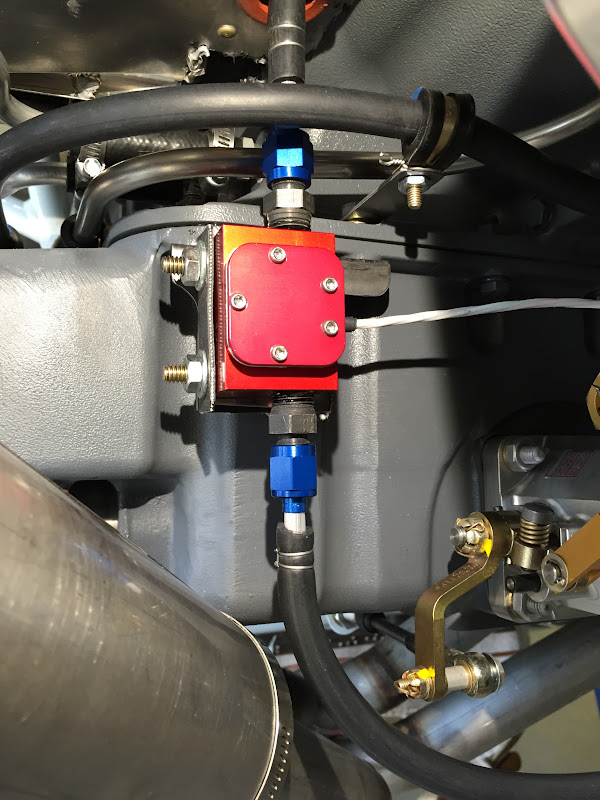I'm sure "Red Cubes" have been located above the Throttle Body before.. I just have not seen pics posted here. All throttle linkages easily clear hoses. Cable supported by only by hoses. Hoses secured against excessive movement by clamps.. A soft rubber grommet was placed between cube and engine to "Tighten" up the overall installation. Permatex HP thread sealant used. None on first few threads - Steel fittings for fatigue resistance. All the installation rules seem to be met... (?)
(First time Poster to forum.)
Thanks Alan.
Cube1:
 Cube1 by Arthur Karpinski, on Flickr
Cube1 by Arthur Karpinski, on Flickr
Cube2:
 Cube2 by Arthur Karpinski, on Flickr
Cube2 by Arthur Karpinski, on Flickr
Hoses:
 Hoses by Arthur Karpinski, on Flickr
Hoses by Arthur Karpinski, on Flickr
(First time Poster to forum.)
Thanks Alan.
Cube1:
 Cube1 by Arthur Karpinski, on Flickr
Cube1 by Arthur Karpinski, on FlickrCube2:
 Cube2 by Arthur Karpinski, on Flickr
Cube2 by Arthur Karpinski, on FlickrHoses:
 Hoses by Arthur Karpinski, on Flickr
Hoses by Arthur Karpinski, on Flickr
Last edited:





